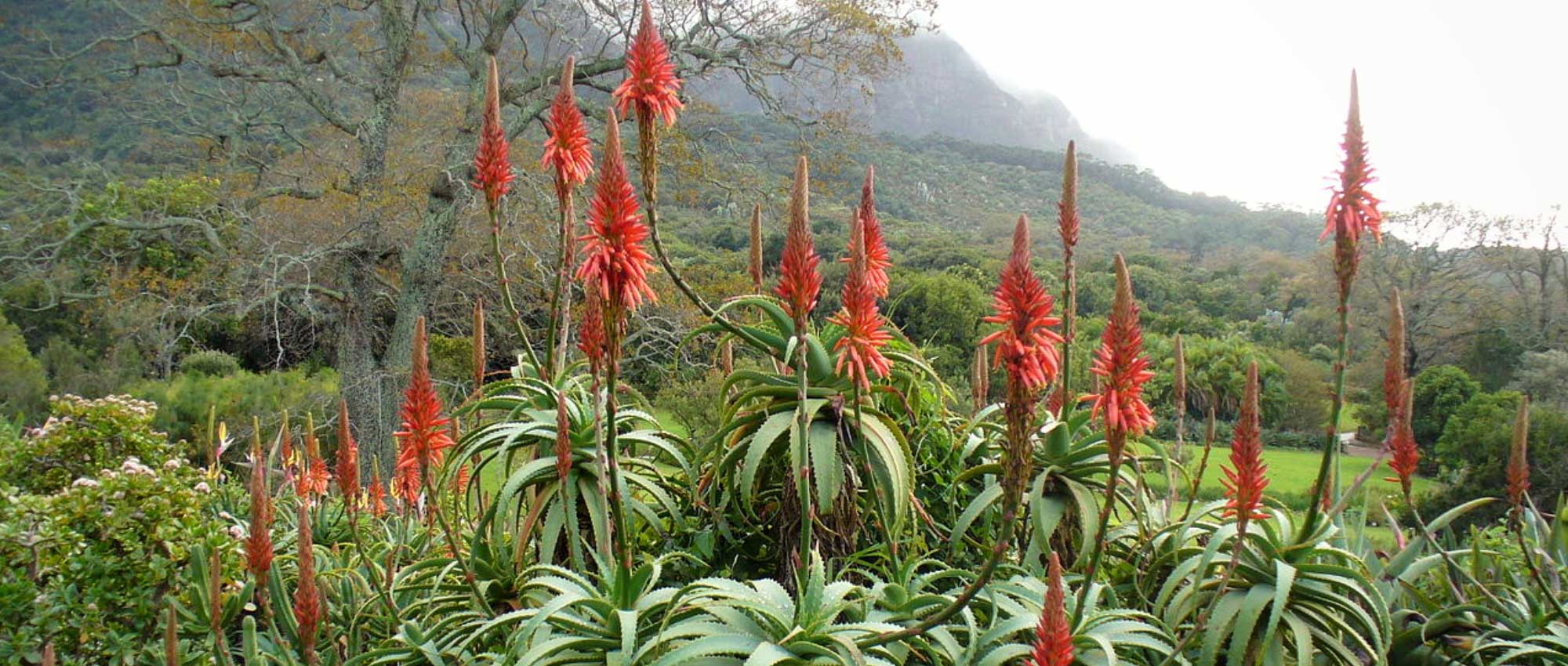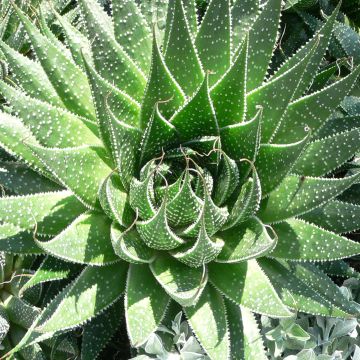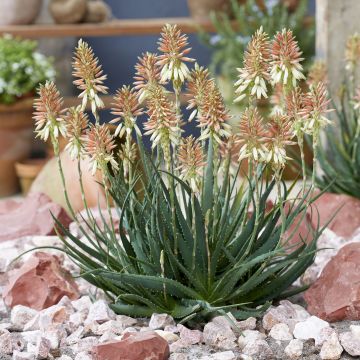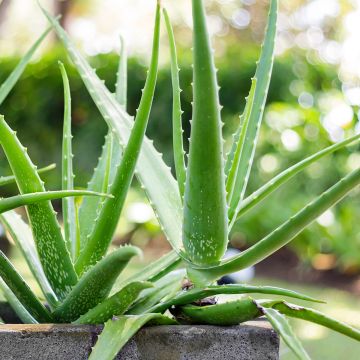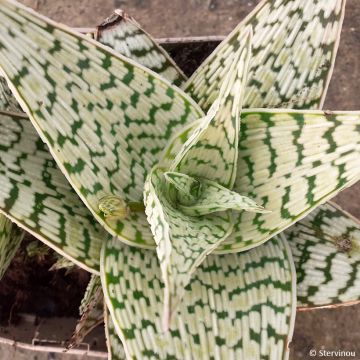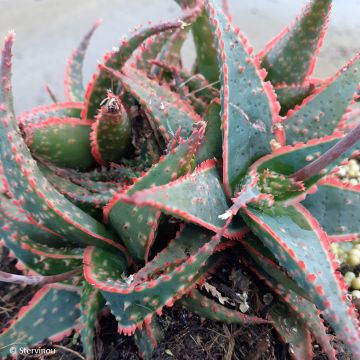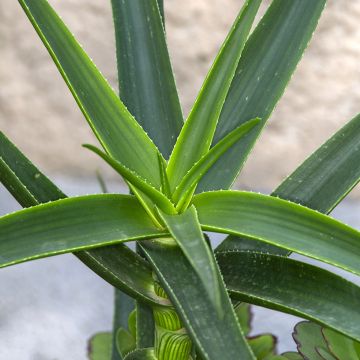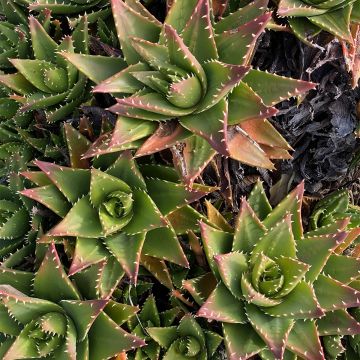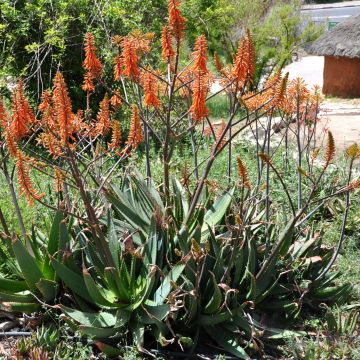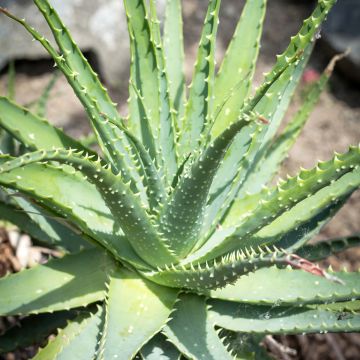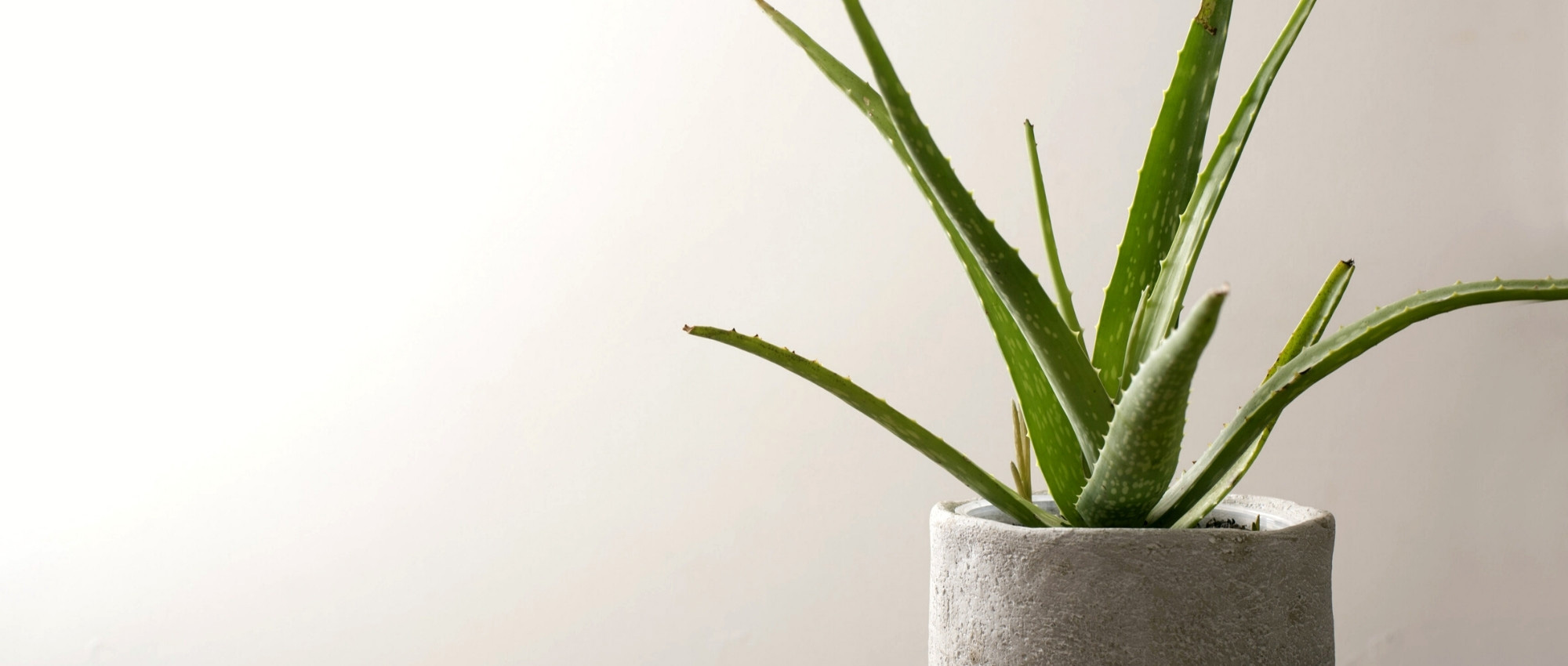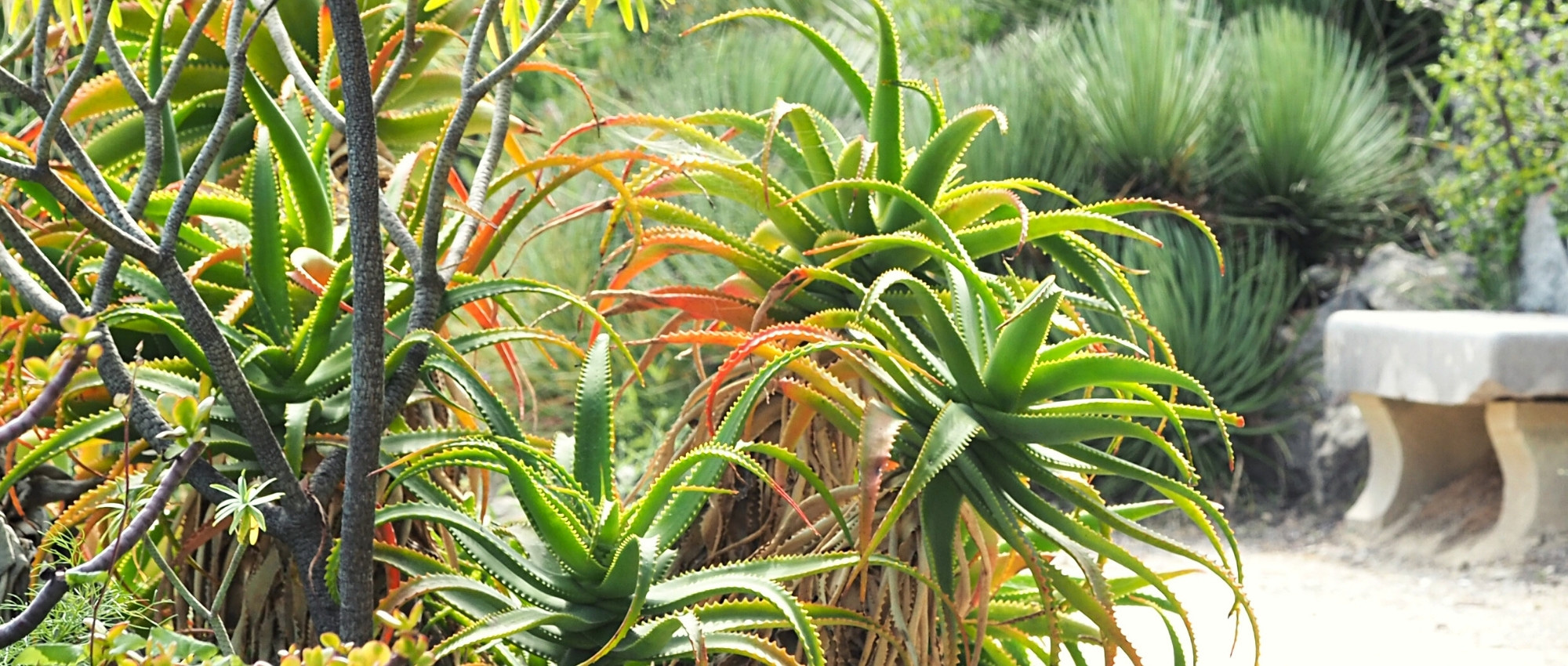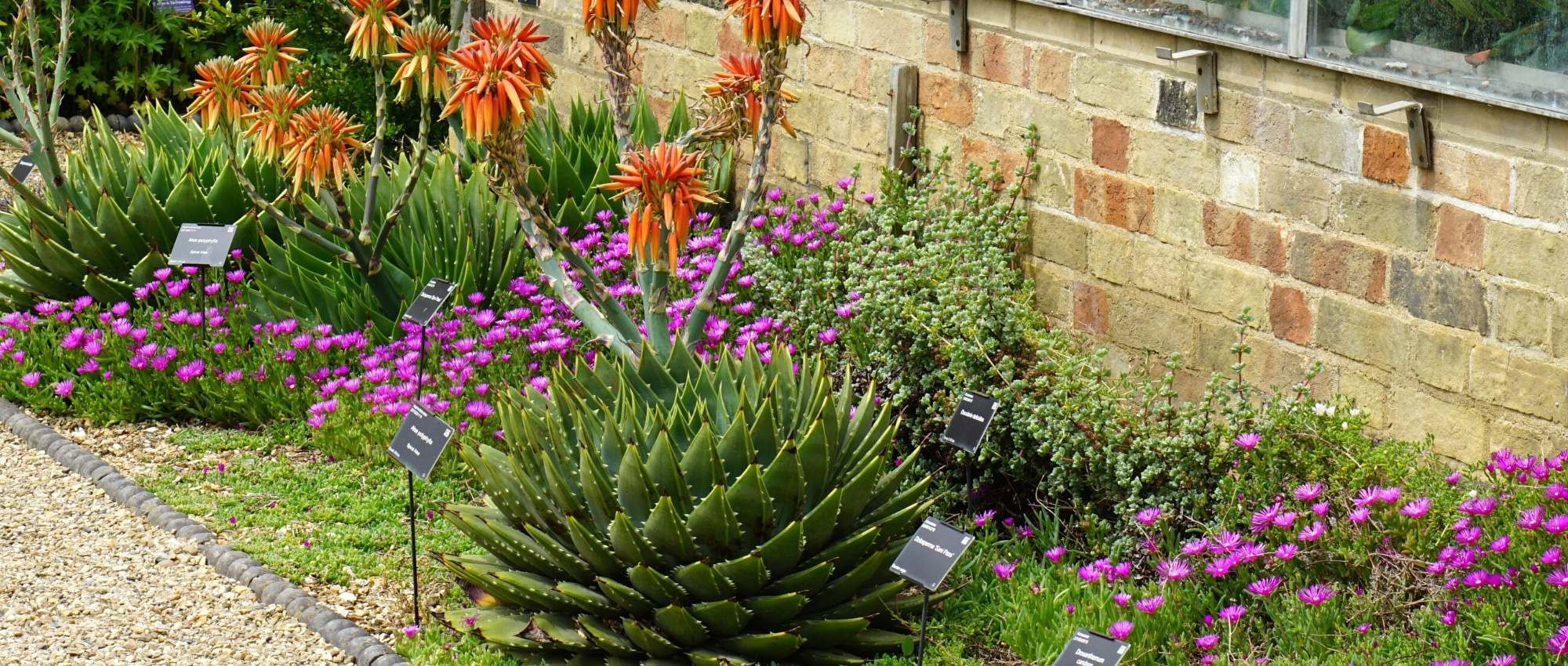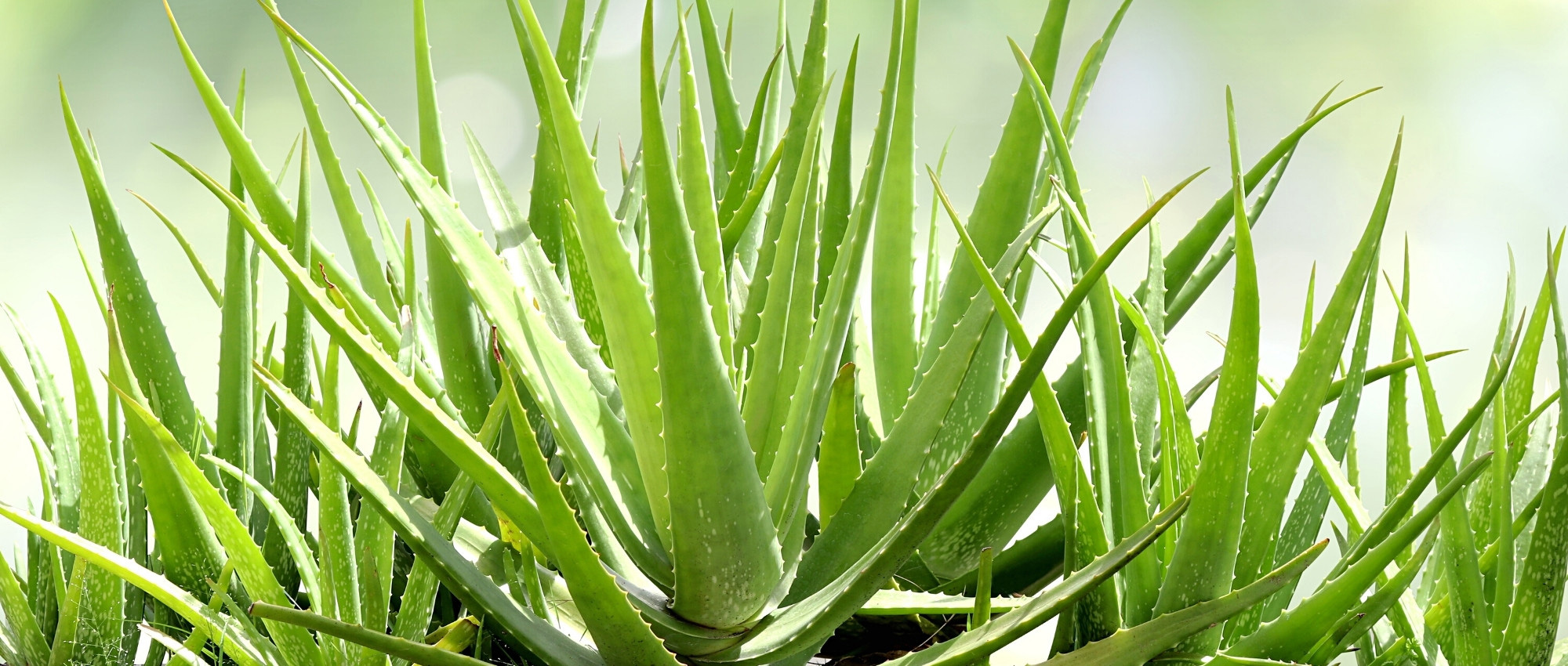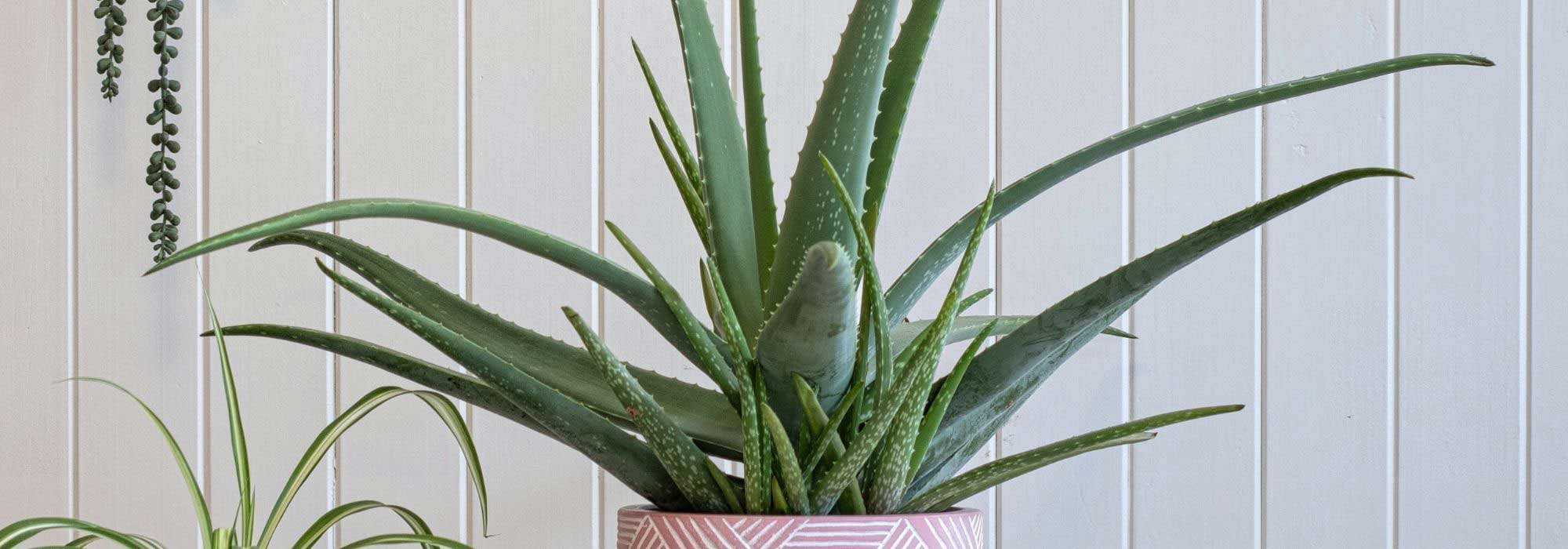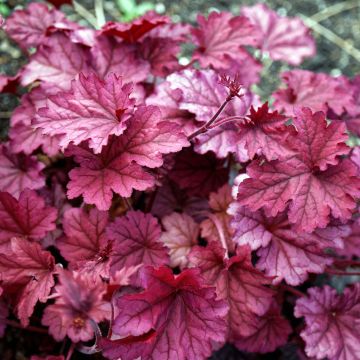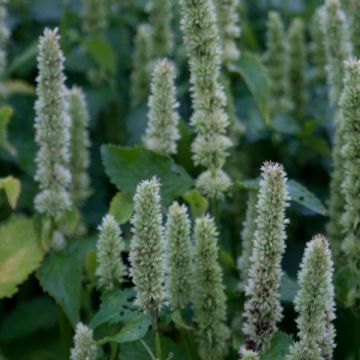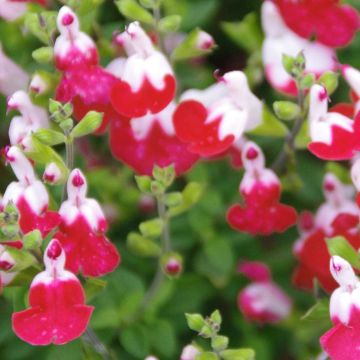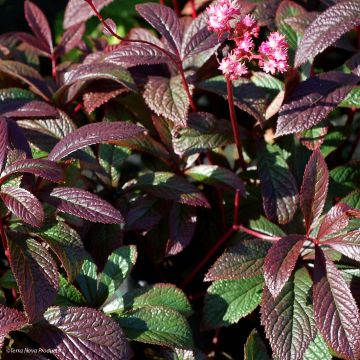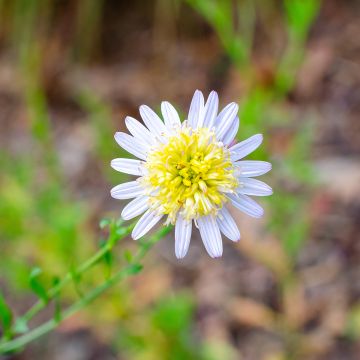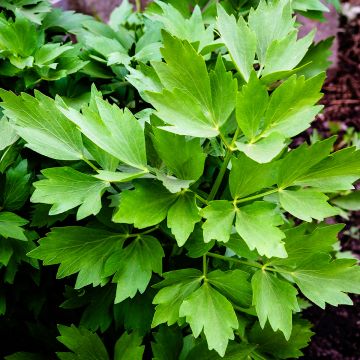

Aloe ferox
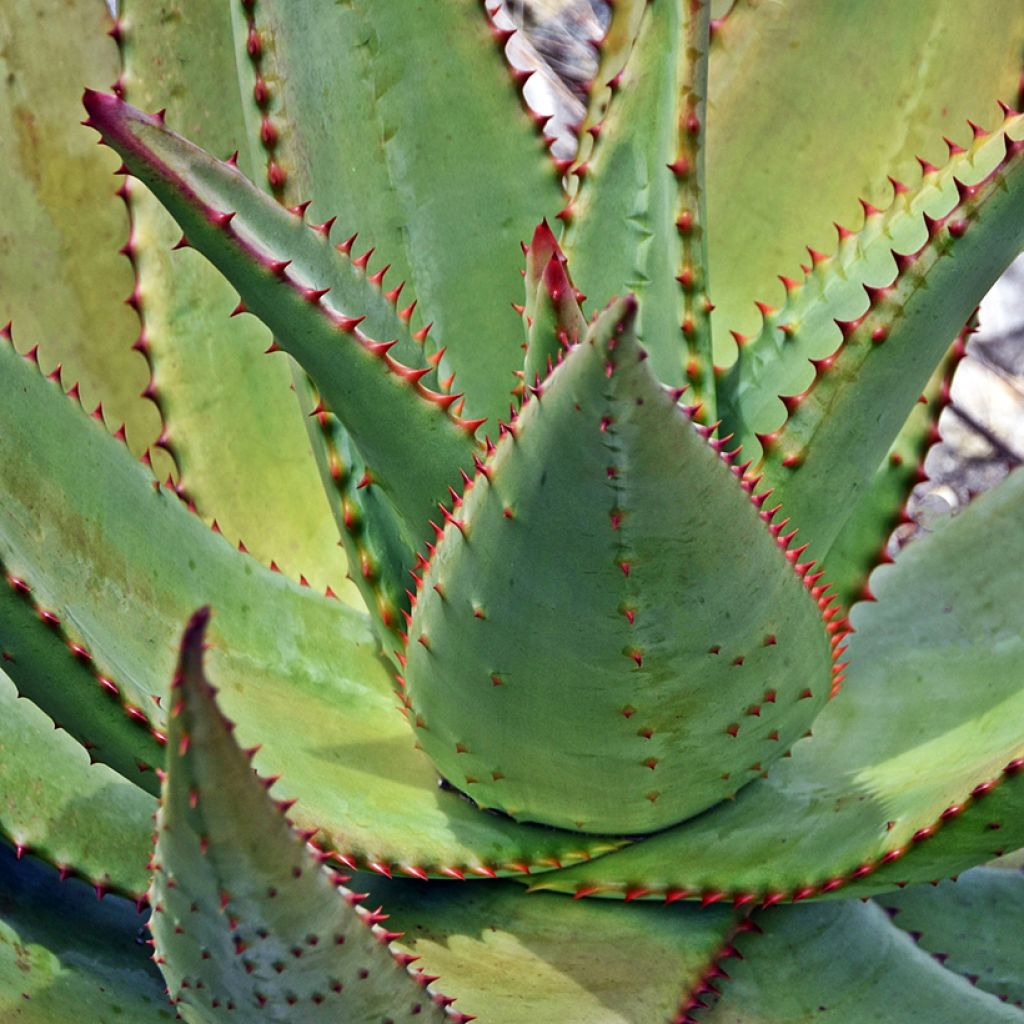

Aloe ferox
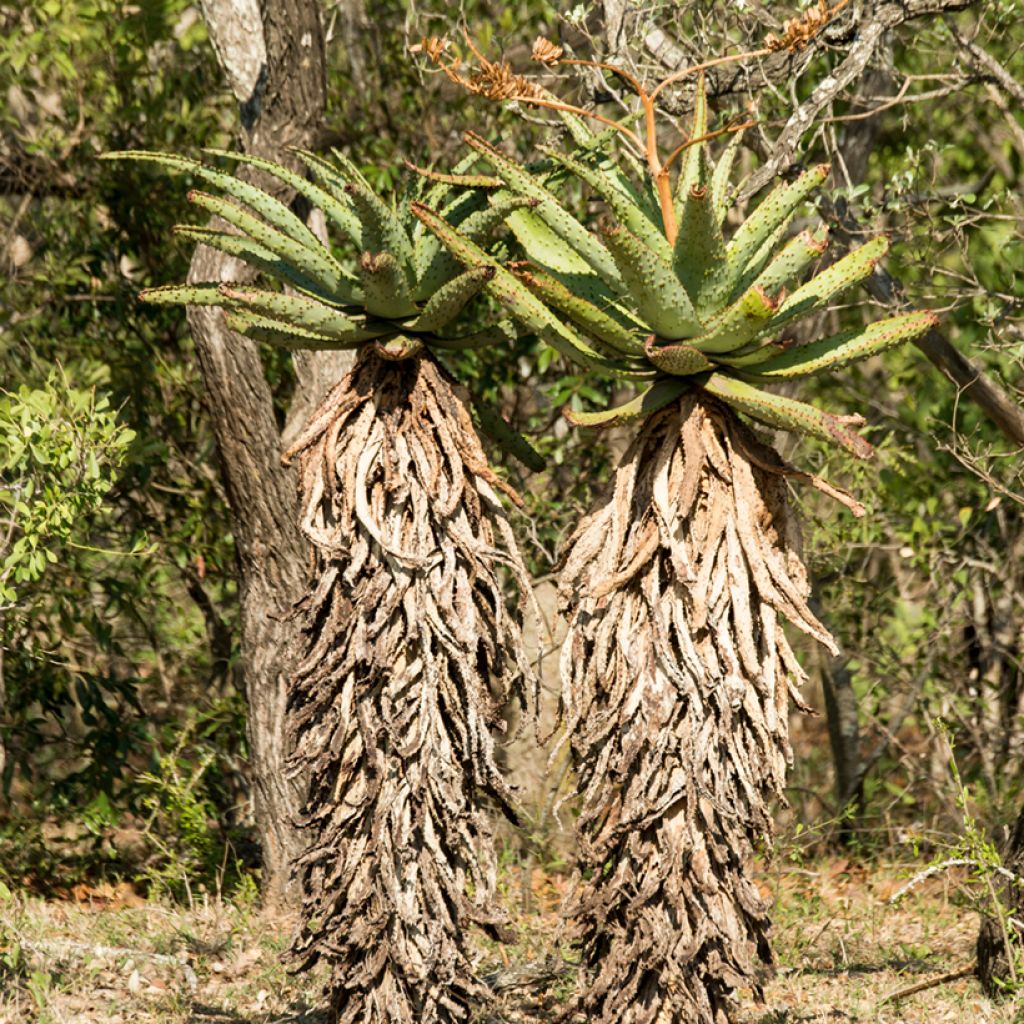

Aloe ferox


Aloe ferox
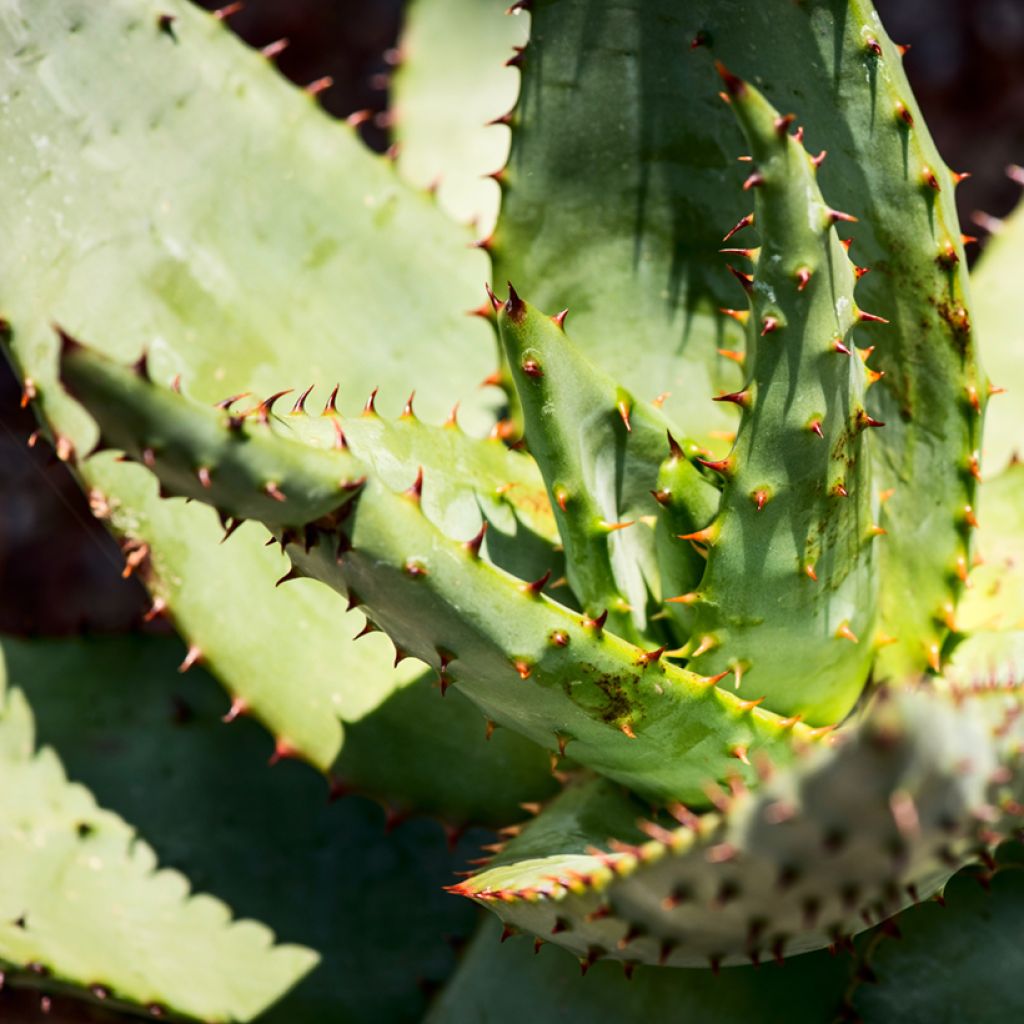

Aloe ferox
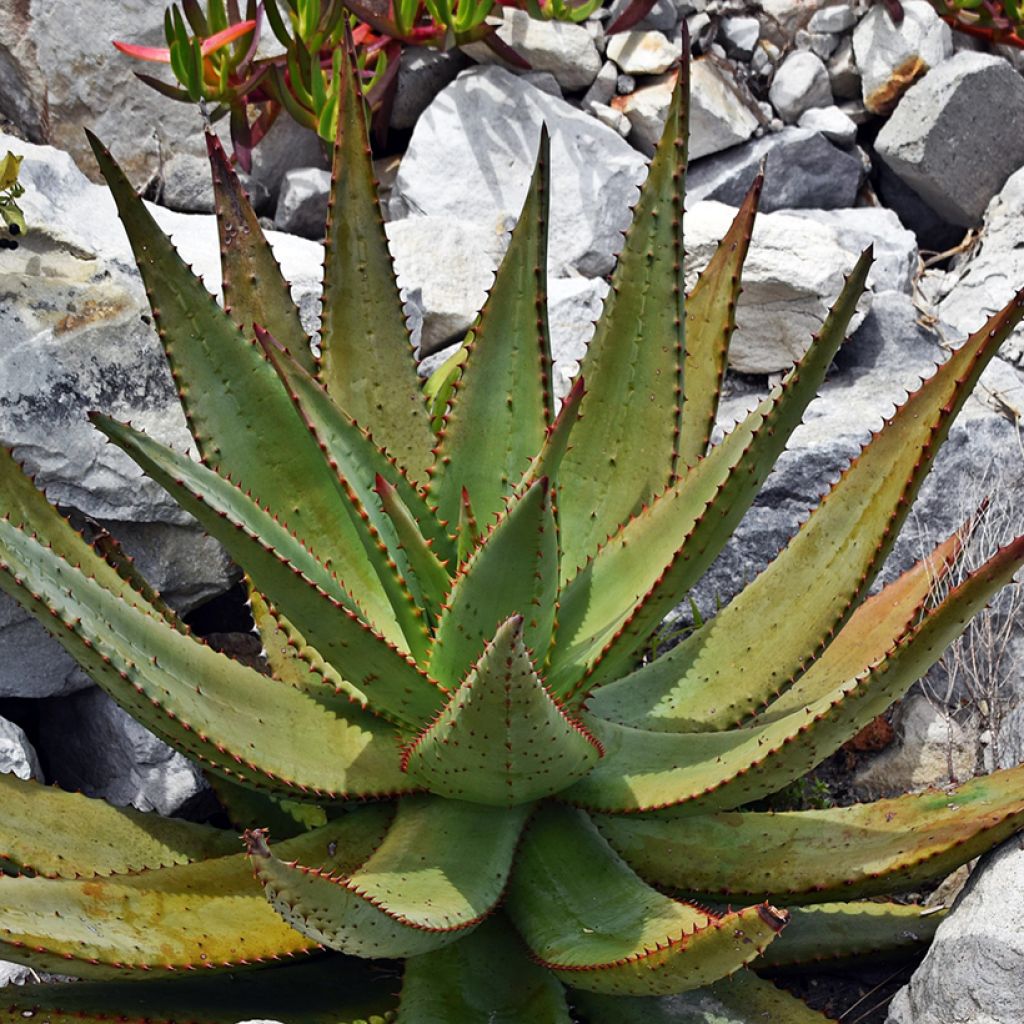

Aloe ferox
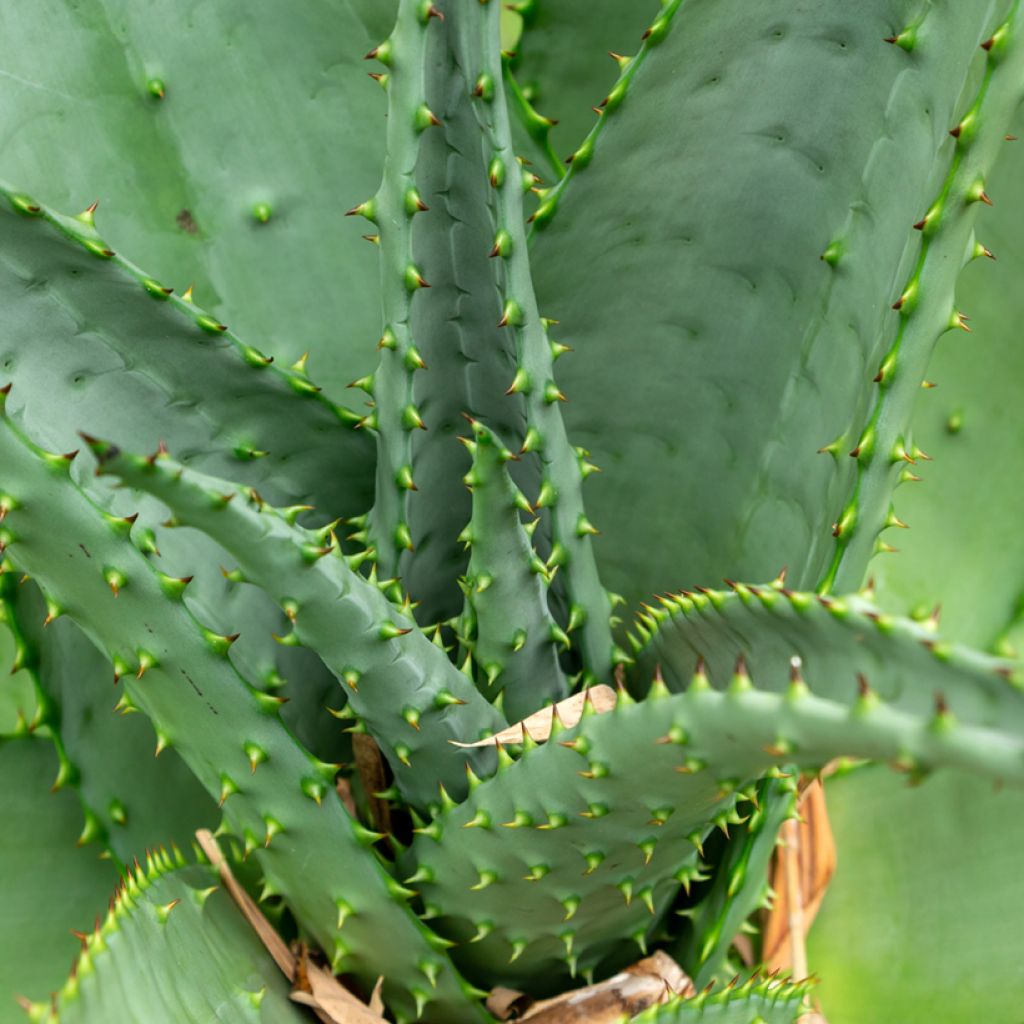

Aloe ferox
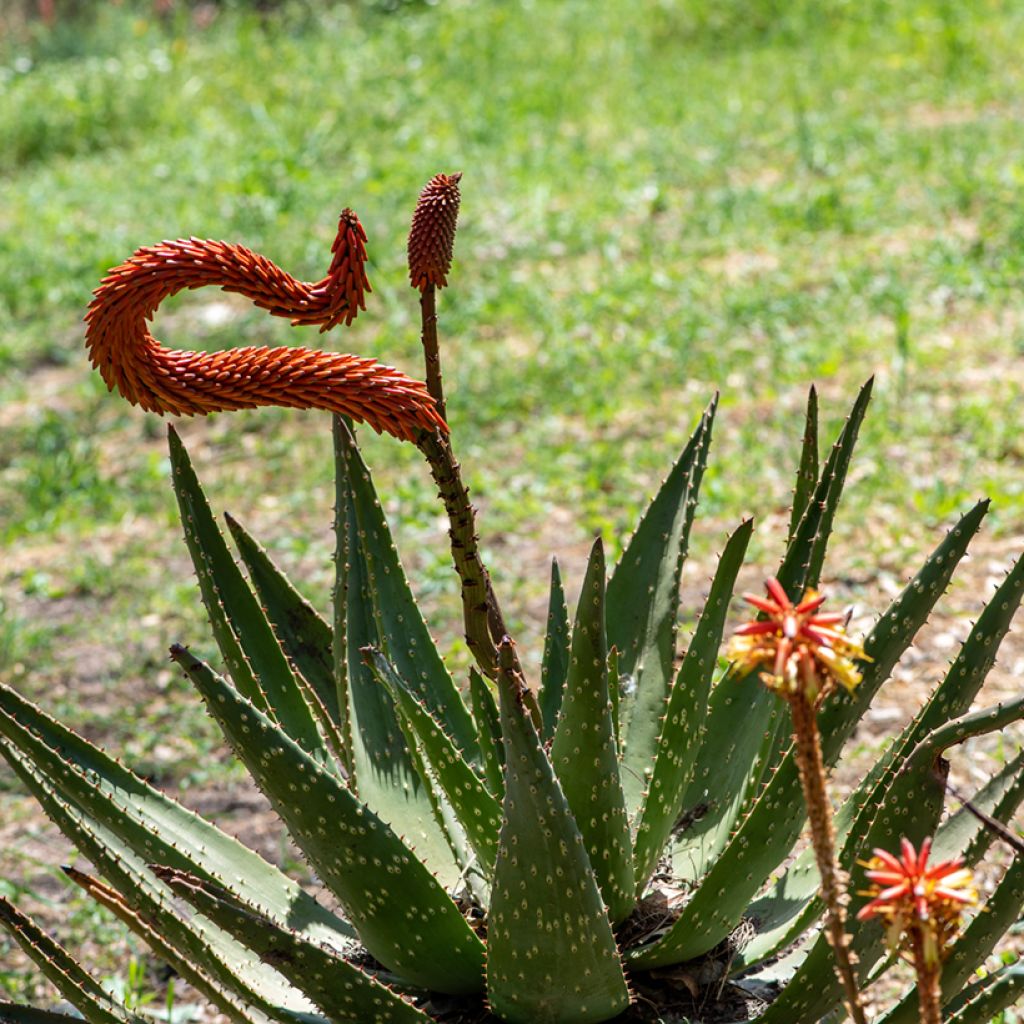

Aloe ferox
Aloe ferox
Aloe ferox
Cape Aloe, Bitter Aloe, Red Aloe, Tap Aloe
Special offer!
Receive a €20 voucher for any order over €90 (excluding delivery costs, credit notes, and plastic-free options)!
1- Add your favorite plants to your cart.
2- Once you have reached €90, confirm your order (you can even choose the delivery date!).
3- As soon as your order is shipped, you will receive an email containing your voucher code, valid for 3 months (90 days).
Your voucher is unique and can only be used once, for any order with a minimum value of €20, excluding delivery costs.
Can be combined with other current offers, non-divisible and non-refundable.
Home or relay delivery (depending on size and destination)
Schedule delivery date,
and select date in basket
This plant carries a 12 months recovery warranty
More information
We guarantee the quality of our plants for a full growing cycle, and will replace at our expense any plant that fails to recover under normal climatic and planting conditions.
Would this plant suit my garden?
Set up your Plantfit profile →
Description
Aloe ferox, the Cape Aloe, is a single-trunked tree-like species known for its medicinal properties similar to those of Aloe vera. It is a succulent plant that has become rare in its South African homeland, probably due to the excessive harvesting of the gel contained in its large leaves. Its architectural design will delight exotic plant enthusiasts. Although not hardy, this plant withstands long, hot, and dry summers very well. In colder and wetter regions, it can be easily grown in a large pot and overwintered frost-free.
Aloe ferox is a South African botanical species in the Asphodelaceae family, native to an area including the Western Cape, Eastern Cape, Free State, KwaZulu-Natal, and Lesotho. In the wild, it is found in hills, in grassy fynbos (a type of dry savanna), and on the edge of the Karoo desert. This species is listed as an endangered plant. It is a succulent tree-like perennial plant. In the ground, Cape aloe can reach a height of 3m. Young plants form a rosette shape, with the trunk starting to develop after a minimum of 3 or 4 years. The rosette of leaves can reach a diameter of 1m. It consists of thick, green-grey leaves arranged in a spiral. Each leaf can weigh up to 2kg. The edges are equipped with small reddish-brown thorns, as is the underside. The upper surface of the leaves is usually spineless. Flowering occurs on mature plants. It can appear in different seasons, depending on the climate. From the rosette of leaves, a branched flower spike emerges that can measure between 60cm and 1.20m in height. Each branch carries a very dense floral spike composed of numerous small tubular flowers. Each flower consists of 6 petals and long protruding stamens. The colour of the flowers changes successively from coral red to orange and then yellow before fading.
Cape aloe grows very well in a large pot to decorate the terrace or balcony, taking care to bring it indoors frost-free in autumn. It can be overwintered in the house or in the conservatory, in any bright and not too heated room. This plant will also thrive in the ground on protected coasts, in a rock garden or on a well-drained slope. It is hardy to -4/-5°C at most in very dry soil. For example, it can be associated with small agaves or a collection of cacti and succulent plants. You can plant ground covers with the same undemanding temperament, such as Delosperma, which will fill the space around its emerging silhouette.
About Agaves and Aloes:
Aloes and agaves resemble each other but belong to two different botanical families. The main difference lies in the fact that aloe rosettes flower for many years, while the flowering of a mature agave rosette marks the end of its life. In some species of Aloes, interfoliar buds give rise to new plants that cover the dried remains of the mother plant. In agaves, the central flower spike develops from the terminal bud. In aloes, the flower buds emerge between the leaves. Agaves are native to North America, while aloes are found only in the southern half of Africa and in nearby islands in the Indian Ocean.
Flowering
Foliage
Plant habit
Botanical data
Aloe
ferox
Asphodelaceae
Cape Aloe, Bitter Aloe, Red Aloe, Tap Aloe
Aloe supralaevis, Aloe galpinii
South Africa
Other Aloe
View all →Planting and care
Like all "succulent" plants, aloes thrive in full sun and a well-drained, even poor and dry soil. Aloe ferox will thrive in a very rocky soil, composed of a good amount of coarse sand mixed with garden soil and a little decomposed leaf compost. A light, non-clayey soil, poor in organic matter and very filtering. It tolerates long, hot and dry summers well, but also thrives in mild oceanic regions, which are more rainy. However, its hardiness in winter depends a lot on the dryness of the soil. It can withstand temperatures down to -4/-5°C for short periods in dry soil. When this aloe is grown in a pot, it should be stored in a very bright, minimally heated, and lightly watered room during winter.
Planting period
Intended location
Care
Planting & care advice
This item has not been reviewed yet - be the first to leave a review about it.
Similar products
Haven't found what you were looking for?
Hardiness is the lowest winter temperature a plant can endure without suffering serious damage or even dying. However, hardiness is affected by location (a sheltered area, such as a patio), protection (winter cover) and soil type (hardiness is improved by well-drained soil).

Photo Sharing Terms & Conditions
In order to encourage gardeners to interact and share their experiences, Promesse de fleurs offers various media enabling content to be uploaded onto its Site - in particular via the ‘Photo sharing’ module.
The User agrees to refrain from:
- Posting any content that is illegal, prejudicial, insulting, racist, inciteful to hatred, revisionist, contrary to public decency, that infringes on privacy or on the privacy rights of third parties, in particular the publicity rights of persons and goods, intellectual property rights, or the right to privacy.
- Submitting content on behalf of a third party;
- Impersonate the identity of a third party and/or publish any personal information about a third party;
In general, the User undertakes to refrain from any unethical behaviour.
All Content (in particular text, comments, files, images, photos, videos, creative works, etc.), which may be subject to property or intellectual property rights, image or other private rights, shall remain the property of the User, subject to the limited rights granted by the terms of the licence granted by Promesse de fleurs as stated below. Users are at liberty to publish or not to publish such Content on the Site, notably via the ‘Photo Sharing’ facility, and accept that this Content shall be made public and freely accessible, notably on the Internet.
Users further acknowledge, undertake to have ,and guarantee that they hold all necessary rights and permissions to publish such material on the Site, in particular with regard to the legislation in force pertaining to any privacy, property, intellectual property, image, or contractual rights, or rights of any other nature. By publishing such Content on the Site, Users acknowledge accepting full liability as publishers of the Content within the meaning of the law, and grant Promesse de fleurs, free of charge, an inclusive, worldwide licence for the said Content for the entire duration of its publication, including all reproduction, representation, up/downloading, displaying, performing, transmission, and storage rights.
Users also grant permission for their name to be linked to the Content and accept that this link may not always be made available.
By engaging in posting material, Users consent to their Content becoming automatically accessible on the Internet, in particular on other sites and/or blogs and/or web pages of the Promesse de fleurs site, including in particular social pages and the Promesse de fleurs catalogue.
Users may secure the removal of entrusted content free of charge by issuing a simple request via our contact form.
The flowering period indicated on our website applies to countries and regions located in USDA zone 8 (France, the United Kingdom, Ireland, the Netherlands, etc.)
It will vary according to where you live:
- In zones 9 to 10 (Italy, Spain, Greece, etc.), flowering will occur about 2 to 4 weeks earlier.
- In zones 6 to 7 (Germany, Poland, Slovenia, and lower mountainous regions), flowering will be delayed by 2 to 3 weeks.
- In zone 5 (Central Europe, Scandinavia), blooming will be delayed by 3 to 5 weeks.
In temperate climates, pruning of spring-flowering shrubs (forsythia, spireas, etc.) should be done just after flowering.
Pruning of summer-flowering shrubs (Indian Lilac, Perovskia, etc.) can be done in winter or spring.
In cold regions as well as with frost-sensitive plants, avoid pruning too early when severe frosts may still occur.
The planting period indicated on our website applies to countries and regions located in USDA zone 8 (France, United Kingdom, Ireland, Netherlands).
It will vary according to where you live:
- In Mediterranean zones (Marseille, Madrid, Milan, etc.), autumn and winter are the best planting periods.
- In continental zones (Strasbourg, Munich, Vienna, etc.), delay planting by 2 to 3 weeks in spring and bring it forward by 2 to 4 weeks in autumn.
- In mountainous regions (the Alps, Pyrenees, Carpathians, etc.), it is best to plant in late spring (May-June) or late summer (August-September).
The harvesting period indicated on our website applies to countries and regions in USDA zone 8 (France, England, Ireland, the Netherlands).
In colder areas (Scandinavia, Poland, Austria...) fruit and vegetable harvests are likely to be delayed by 3-4 weeks.
In warmer areas (Italy, Spain, Greece, etc.), harvesting will probably take place earlier, depending on weather conditions.
The sowing periods indicated on our website apply to countries and regions within USDA Zone 8 (France, UK, Ireland, Netherlands).
In colder areas (Scandinavia, Poland, Austria...), delay any outdoor sowing by 3-4 weeks, or sow under glass.
In warmer climes (Italy, Spain, Greece, etc.), bring outdoor sowing forward by a few weeks.






























